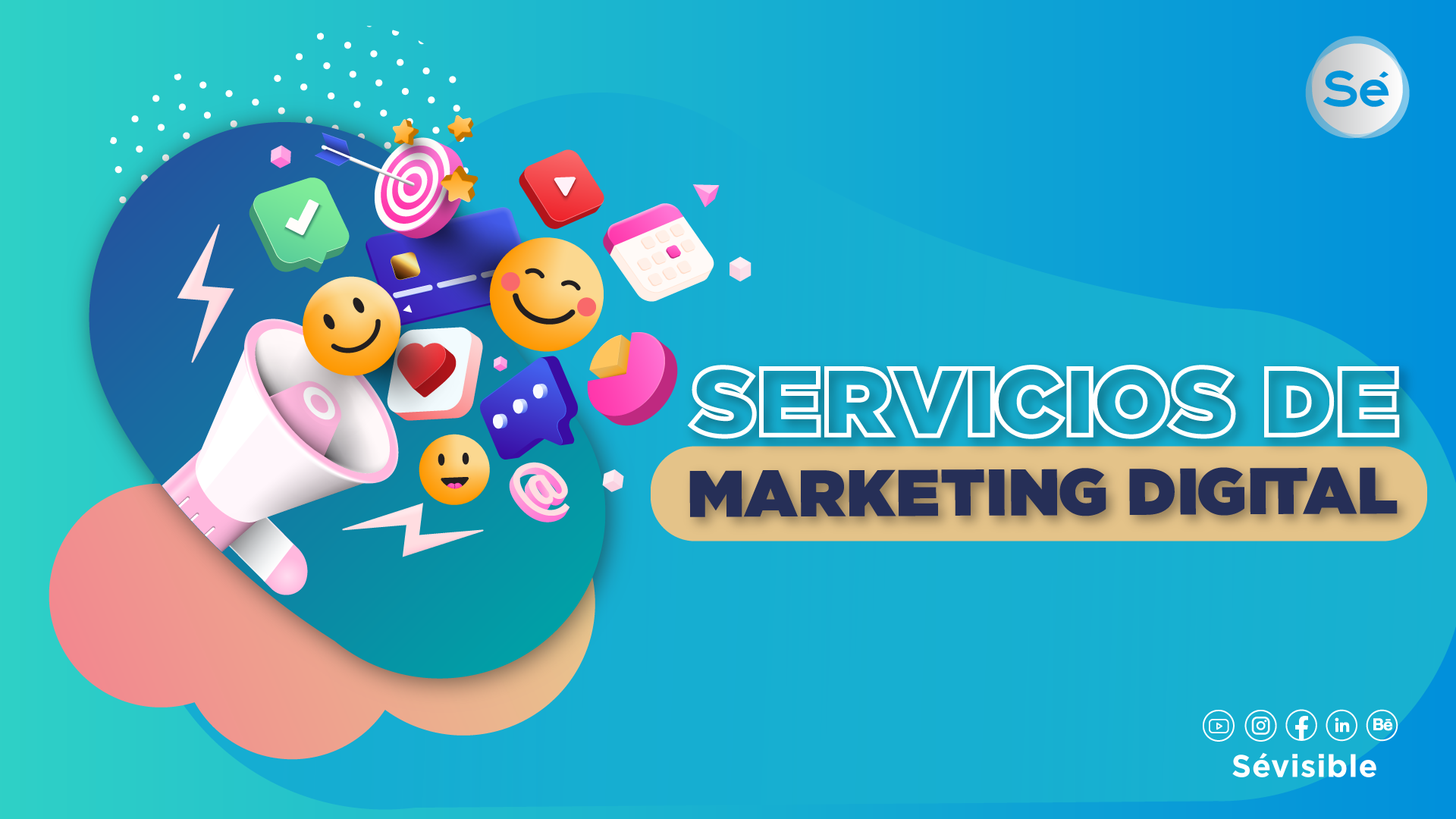digital Marketing Services: A Comprehensive Guide
In today’s hyper-connected world, businesses of all sizes recognize the critical role of digital marketing in achieving success. From small startups to multinational corporations, embracing a robust digital marketing strategy is no longer an option but a necessity. This article delves into the multifaceted world of digital marketing services, exploring key areas, strategies, and their impact on business growth.

SEO focuses on improving a website’s visibility in search engine results pages (SERPs).
1.1 On-Page SEO
This involves optimizing website content, including:
Keyword research and integration: Identifying relevant keywords and strategically incorporating them into website content (titles, headings, meta descriptions, image alt text, etc.).
1.2 Off-Page SEO
This focuses on external factors that influence search engine rankings:

Backlink building: Acquiring high-quality backlinks from reputable websites to enhance website authority and credibility.
PPC advertising involves paying for ads to appear at the top of search engine results pages or on other websites.
2.1 Search Engine Advertising (SEA)
Google Ads: Running targeted ads on Google Search and Google Display Network to reach potential customers actively searching for specific products or services.
2.2 Social Media Advertising
Facebook Ads: Leveraging Facebook’s extensive user base to target specific demographics, interests, and behaviors.
Content marketing focuses on creating, publishing, and distributing valuable, relevant, and consistent content to attract and retain a target audience.
3.1 Blog Posts and Articles
Creating informative and engaging blog posts and articles that address user queries and provide valuable insights.
3.2 Video Marketing
Producing high-quality videos, such as explainer videos, product demos, and customer testimonials.
3.3 Infographics and Visual Content
Creating visually appealing infographics and other visual content to convey information in a concise and engaging manner.
SMM involves utilizing social media platforms to build brand awareness, engage with customers, and drive website traffic.
4.1 Social Media Listening and Engagement
Monitoring social media conversations and responding to customer inquiries and feedback.
4.2 Social Media Advertising
Running targeted ads on various social media platforms to reach specific demographics and interests.
4.3 Social Media Content Creation
Creating engaging and shareable content, including images, videos, and text posts, tailored to each social media platform.
Email marketing involves sending targeted email campaigns to nurture leads, promote products or services, and build customer relationships.
5.1 Email List Building
Collecting email addresses from website visitors, social media followers, and other sources.
5.2 Email Campaign Creation
Designing and sending targeted email campaigns, including newsletters, promotional offers, and personalized messages.
5.3 Email Analytics and Optimization
Tracking email campaign performance metrics, such as open rates, click-through rates, and conversion rates.
Mobile marketing focuses on reaching and engaging customers on their mobile devices.
6.1 Mobile App Development
Developing mobile apps to provide a seamless user experience and enhance customer engagement.
6.2 Mobile Website Optimization
Ensuring website is mobile-friendly and provides a positive user experience on all devices.
6.3 SMS Marketing
Sending targeted text messages to customers for promotions, appointment reminders, and other relevant communications.
Influencer marketing involves collaborating with influential individuals to promote products or services to their followers.
Identifying and partnering with relevant influencers who align with brand values and target audience.
Video marketing involves creating and distributing video content to engage viewers and promote products or services.
Producing high-quality videos, such as explainer videos, product demos, customer testimonials, and behind-the-scenes footage.
PR and media relations focus on building and maintaining positive relationships with the media and public.
Securing media coverage for news and events through press releases, media pitches, and media outreach.
Analyzing and reporting on digital marketing campaign performance is crucial for measuring success and making data-driven decisions.
Tracking key performance indicators (KPIs), such as website traffic, conversion rates, social media engagement, and return on investment (ROI).
Digital marketing services play a vital role in achieving business goals, including:
Increased brand awareness: Reaching a wider audience and building brand recognition through various digital channels.
In the ever-evolving digital landscape, businesses that effectively leverage digital marketing services gain a significant competitive advantage. By implementing a comprehensive digital marketing strategy and continuously adapting to new trends and technologies, businesses can achieve their marketing objectives, build strong customer relationships, and drive sustainable growth.

